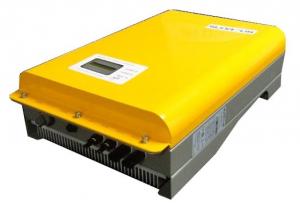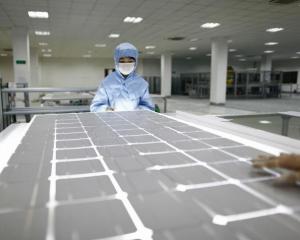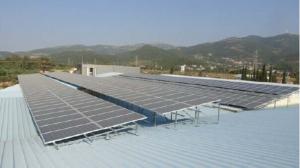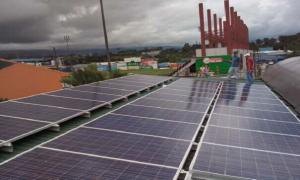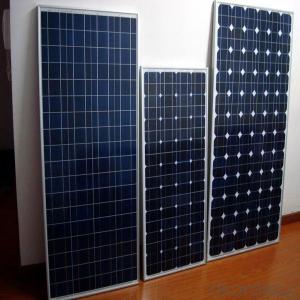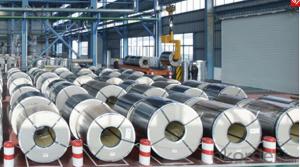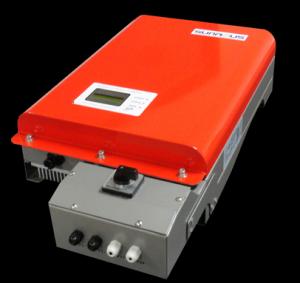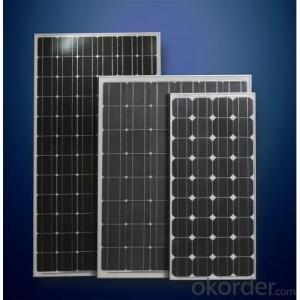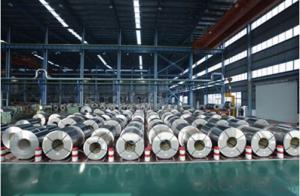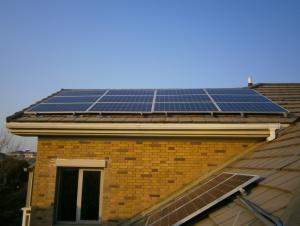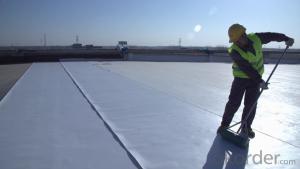Solar Pv Inverter Market
Solar Pv Inverter Market Related Searches
Solar Power Inverter For House Cost Of Solar Power Inverter Best Solar Pv Inverter 300 Watt Solar Power Inverter Solar 500 Watt Power Inverter Solar Brand Power Inverter Solar 1000 Watt Power Inverter Solar Power Inverter Generator Solar 2000 Watt Power Inverter Solar 150 Watt Power InverterHot Searches
China Mppt Solar Inverter Solar Pv Inverter Price Mppt Solar Inverter Price Solar Pv Inverter Types Pv Inverter Prices Solar Inverter Off Grid Price Off Grid Solar Inverter Price Solar Pv Inverter Price 6kw Solar Inverter Price 4kw Solar Inverter Price Solar Inverter Off Grid 1000w Solar Pv Inverter Types Pv Inverter Prices Solar Pv Inverter Price 100kw Solar Inverter Price Solar Power Inverter Types Solar Power Inverter Suppliers Solar Inverter Emergency Power Solar Power Inverter Companies Power Factor Solar InverterSolar Pv Inverter Market Supplier & Manufacturer from China
Okorder.com is a professional Solar Pv Inverter Market supplier & manufacturer, offers integrated one-stop services including real-time quoting and online cargo tracking. We are funded by CNBM Group, a Fortune 500 enterprise and the largest Solar Pv Inverter Market firm in China.Hot Products
FAQ
- Yes, a solar inverter can be used for off-grid systems. In fact, it is an essential component of off-grid solar systems as it converts the DC (direct current) electricity generated by the solar panels into AC (alternating current) electricity that can be used to power household appliances and other electrical devices.
- The role of a solar inverter in power factor correction is to convert the direct current (DC) generated by the solar panels into alternating current (AC) that can be used by the electrical grid. In doing so, the solar inverter ensures that the AC power being fed into the grid has a power factor close to unity, which means it is efficient and does not cause any unnecessary strain on the electrical system. This helps to improve the overall power quality and efficiency of the solar energy system.
- The role of a voltage control unit in a solar inverter is to regulate and maintain a consistent output voltage from the solar panels. It ensures that the electricity generated by the panels is converted and supplied at the appropriate voltage levels to meet the requirements of the connected devices or the grid. By controlling the voltage, it helps optimize the efficiency and reliability of the solar inverter system.
- To calculate the power output of a solar inverter, you need to multiply the input voltage by the input current. This will give you the input power. Then, multiply the efficiency of the inverter by the input power to get the output power.
- Yes, a solar inverter can be used in three-phase systems. In fact, there are specific three-phase solar inverters designed to convert the DC power generated by solar panels into AC power for utilization in three-phase electrical systems. These inverters are capable of efficiently managing the power flow and ensuring balanced distribution across all three phases.
- The lifespan of a warranty on a solar inverter can vary depending on the manufacturer and the specific model. However, most warranties typically range from 5 to 10 years, with some higher-end inverters offering warranties up to 25 years. It is important to carefully review the warranty terms and conditions provided by the manufacturer to understand the coverage and duration of the warranty.
- A solar inverter handles voltage sag and swell by continuously monitoring the voltage levels of the solar panels and grid connection. When a sag or swell is detected, the inverter adjusts its output voltage accordingly to maintain a stable and consistent supply of power to the connected devices. This helps to protect the electrical equipment from potential damage and ensures efficient operation of the solar power system.
- The potential risks of fire or explosions from a faulty solar inverter include short circuits, electrical arcing, overheating, and component failure. These issues can lead to an accumulation of heat, sparks, or electrical discharges, which may ignite flammable materials nearby or cause an explosion. It is crucial to regularly inspect and maintain solar inverters to mitigate these risks and ensure the safe operation of the system.








